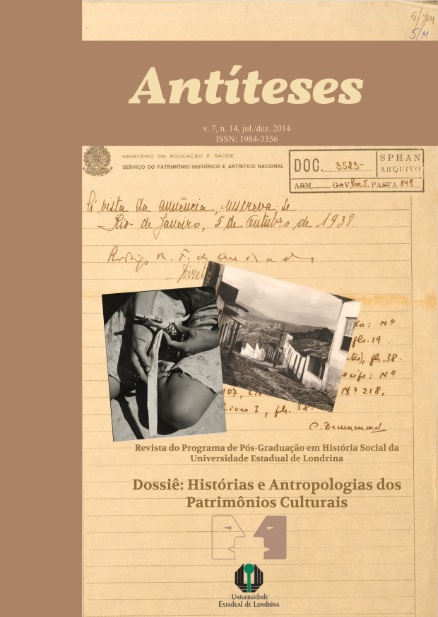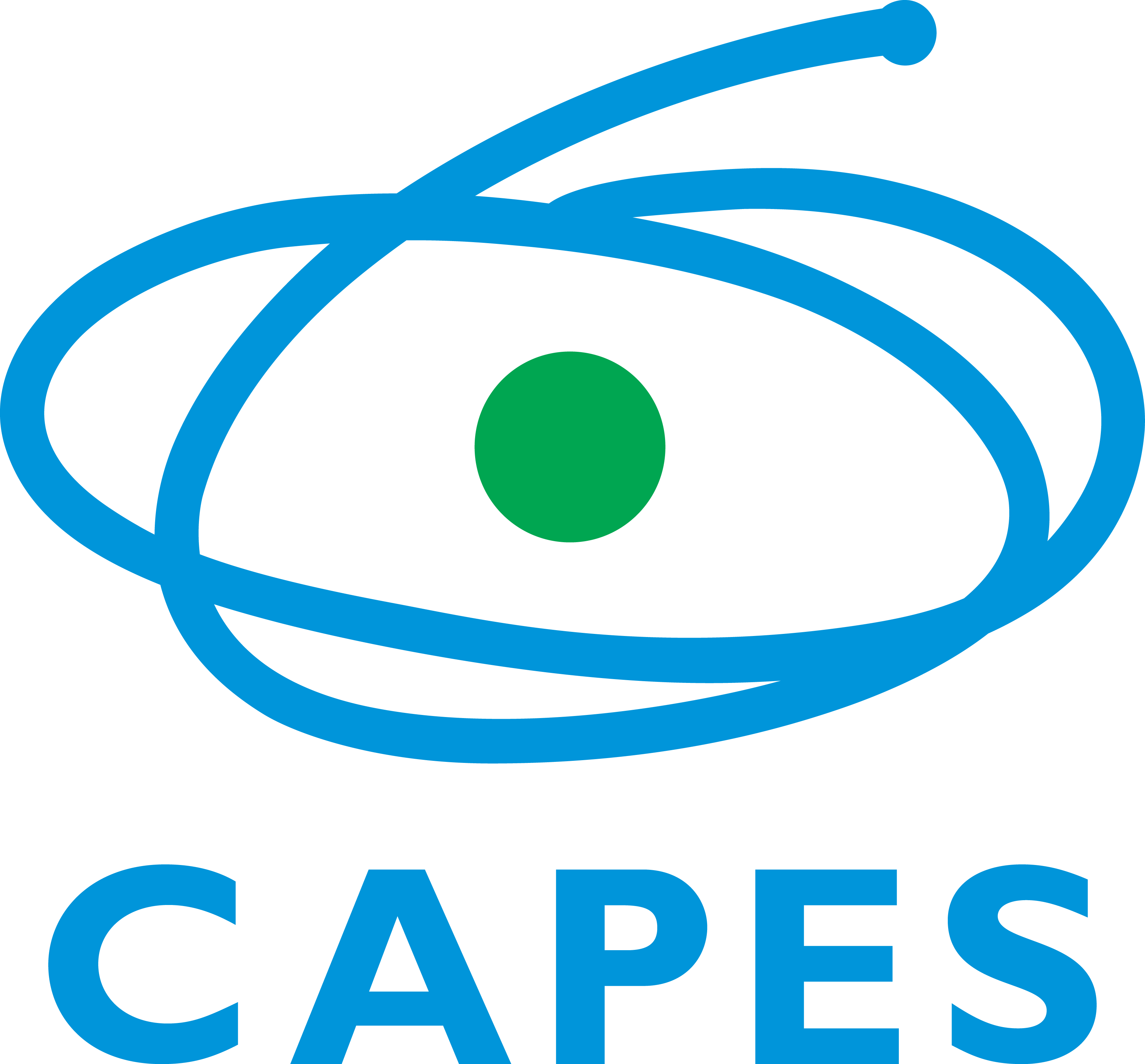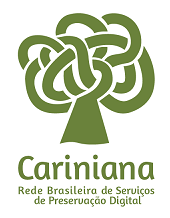Youth historical thinking about "gender" from the Capricho magazine (2005-2006)
DOI:
https://doi.org/10.5433/1984-3356.2014v7n14p534Keywords:
Historical literacy, Capricho magazine, Media culture, Teaching history and genderAbstract
The objective is to investigate the historical thinking of young people about “gender”, from the magazine Capricho (Apr/2005-Mar/2006), using it as a historical source. It is interesting to observe if they built a “historical literacy” and if they mobilized it in their reading practices, considering such literacy as a way of reading and interpreting the world historically. The apprehension of these ideas took place through a didactic-pedagogical practice, based on the school use of historical sources, in which the "historical literacy" of students of the second year "A" of High School at Colégio de Aplicação - Londrina/ PR, in relation to this magazine. The technique of focus groups was used, interposed to the assumptions of the class-workshop, seeking to develop an interpretation/reading of the sources and their contextualized understanding. In three recorded and transcribed classes, previous ideas were collected from students and their interpretations of the source, through which the construction of a historical literacy is worked. It is necessary to problematize and analyze, in the historical perspective, of this subject who is researched, the students of the "2nd A", under the assumption that adolescence is a discursive construction and a cultural phenomenon, that is, this problem is problematized. group of subjects, adolescents, in order to denaturalize them. Thus, the relationship of these young people with the gender issue is approached, taking the school space as important in the construction of this relationship and, also, in the production of differences. In a second moment, Capricho magazine and the various dimensions it assumes in this research are discussed, that is, as a product of the media culture that asks for an evaluation that includes, including, the dimension of its appropriation, or even, of the uses and students' interpretations. The time frame was chosen due to the existence of an editorial standard in relation to the identity of the young woman: the analyzed editions show the concern with a given authenticity of the reader, through the slogan “be different, be you”. Also, Capricho magazine is understood as a historical source used in a school context. Supported by references from the field of History and Communication, it is understood the relationship between Capricho and readers in its complexity, both build each other recursively, they are interdependent. From this idea, it is possible to think and problematize not only the media as a producer of gender pedagogies, but also the public as a co-producer of the magazine, since it appropriates its cultural codes, in order not to clash with the horizon. expectations of your readers. Finally, it is based on references from the investigative field of Historical Education, where it seeks to investigate, also, how the historical learning of the subjects takes place. Still, the concept of “historical literacy” coined by Peter Lee is used, in an analysis of students' speeches about gender and sexuality issues at Capricho. It was noticed that students already bring ideas and notions about gender and that such ideas reproduce, to a certain extent, a conservative conception. However, they demonstrate the ability to observe and historicize the gender issues that Capricho brings, reading it as a historical source, that is, contextualizing their discourses, which means a “historical literacy”.Downloads
Downloads
Published
2014-12-19
How to Cite
MANTOVANI, Flavia. Youth historical thinking about "gender" from the Capricho magazine (2005-2006). Antíteses, [S. l.], v. 7, n. 14, p. 534–536, 2014. DOI: 10.5433/1984-3356.2014v7n14p534. Disponível em: https://ojs.uel.br/revistas/uel/index.php/antiteses/article/view/20554. Acesso em: 31 mar. 2025.
Issue
Section
Abstracts of Master Theses
License
Copyright (c) 2014 Antiteses

This work is licensed under a Creative Commons Attribution 4.0 International License.
The journal reserves the copyright on the contributions published, without material compensation for the author, and may make them available online in Open Access mode, through its own system or other databases; you can also make normative, orthographic and grammatical changes in the originals, in order to maintain the cultured standard of the language, with the final consent of the authors. The opinions expressed by the authors are their sole responsibility.












